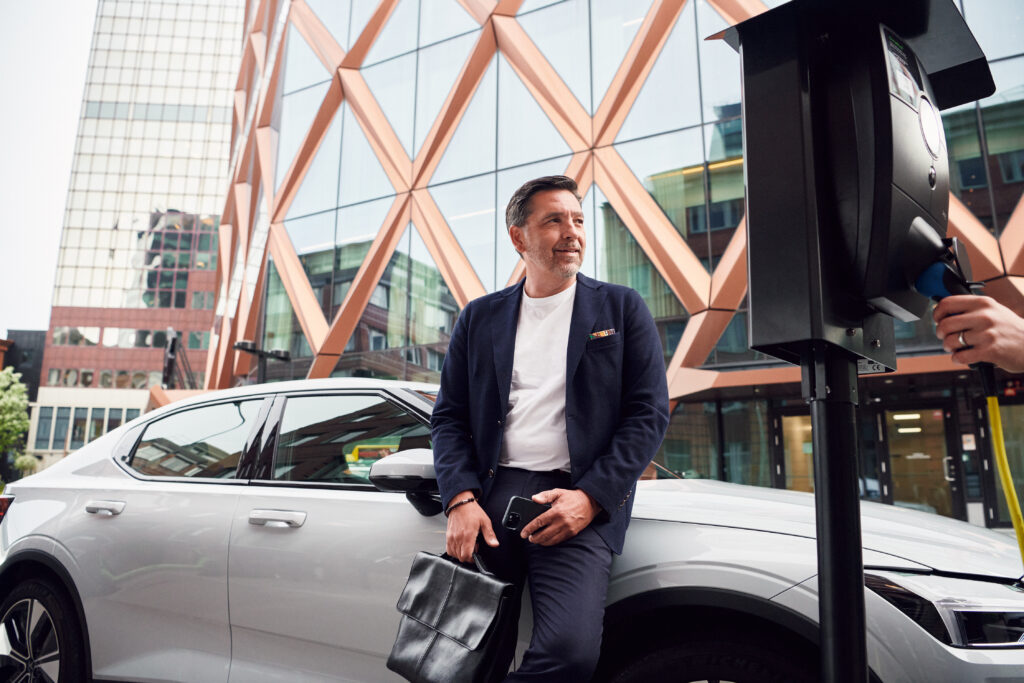When you charge your car, a lot of energy is lost in the process. Not all of it ends up in the battery, and there’s no getting around it. But how can I reduce these losses?
Different chargers supply electricity either through one or three phases. As you can tell from the name, three-phase charging provides three times more power than single-phase charging. Today, most cars are charged with single-phase, but more and more can be charged with three-phase, which means you can charge your car faster.
Whether you are charging single-phase or three-phase, there are so-called charging losses. When the car’s on-board charger converts alternating current in the grid into direct current for the battery, there is always a heat loss. More energy is used than the battery receives. So you’re paying for energy that doesn’t end up in the battery. This is especially true if you charge at low power, not least if you charge your car with single phase with fewer amps to charge. In particular, there are losses for cars that prefer to receive more power than they are allocated.
As much as a quarter of all power can be lost on the road. It’s a bit like filling up 10 liters of petrol and only getting a little more than 7.5 liters. But it is possible to reduce the losses. With ChargeNode’s 32A three-phase departure-based charging, one car at a time is charged from the outside as each car leaves. This means fast charging with higher power, which in turn means less charging losses. The total power output is roughly the same no matter which charging system you use, but it can be used in different smart ways.

So by using the departure time as a parameter, energy is only lost in the transfer itself. The opposite is arrival-based charging where all cars are charged simultaneously. When all cars share the available electricity, it can take time before you get a full charge. Then more power is lost in the transfer.
Read more about how ChargeNode’s departure-based charging works here.
There are several criteria that have an effect on charging. Obviously, the storage capacity of the car’s battery and whether the on-board charger can accept single-phase or three-phase charging current. It also depends on whether the charging box provides AC or DC power and how much charging current it can feed into the car. Finally, it depends on the total load on the entire electrical system in, for example, a building and the temperature. Charging losses are inevitable, but not by much if you compare them to the losses that occur when gasoline is burned in an internal combustion engine.
On a very cold winter day, the efficiency of charging can drop further. Especially if you are charging single-phase, as more energy is used to heat the cold battery cells to a temperature where they can be charged. If the temperature drops below zero degrees, the battery is not doing well at all. Some cars don’t charge at all, others charge a little when it’s really cold. The trick is to charge quickly to warm up the battery and then charge slowly. Or to charge the car directly when you’ve been driving for a while and the battery is warmed up. Unfortunately, it might be when you get home in the afternoon when it is most expensive to charge.
Charging at higher power reduces charging losses compared to charging at low power. This means that a larger share of the electricity you pay for actually ends up in the car battery.
Assume an average mileage of 125 miles per month (equivalent to 1500 miles per year).
If the electricity price is SEK 3.50 per kWh, the cost difference is
Choosing three-phase charging can therefore save both energy and money.
ChargeNode integrates the payment solution with many leasing companies such as Ziklo Bank, Autoplan, Leaseplan, Bilreda and others.
We can integrate with your own business-critical financial and operational monitoring systems to make charging an integral part of your business with minimal administration.
Advanced troubleshooting and remediation.
If you prefer digital contact with us over the phone – no problem, we offer automated support via our AI bot on the website.
Web-based help center with instructive videos and texts explaining how our portal and app work.
Personalized service around the clock.
Personalized service around the clock.
We offer different levels of service based on your needs.
Collect all your charges on a single invoice with our business account. Convenient for those with pool or staff cars.
Public charging points with a power above 50kW must offer payment with a physical payment terminal. We offer a pre-integrated payment terminal through our partner Adyen – pre-configured with our intuitive interface for selecting charging outlets and charging status.
Want to use your own app? We offer integration with other apps via the industry-standard OCPI protocol.
Pay without an app by scanning the QR code on the charging socket and entering payment card information. Support for ApplePay/GooglePay makes this an easy and attractive option for infrequent shoppers such as passing tourists.
As a charging customer, you always have free access to the ChargeNode mobile app for iOS and Android. Here you can easily activate charging, see a map view of ChargeNode’s public charging points and receive ongoing information about charging status. Here we can also provide information and help with the service. If your company is connected to ChargeNode, you can easily switch between private and business charging. You can also easily charge without the app via an assigned RFID tag.




Charge easily with ApplePay/GooglePay!
Fast, secure and contactless – choose Apple Pay or Google Pay at checkout for an easier payment experience, directly from your mobile.
Export of all session data and history for import into a separate BI tool.
Access to all invoices and invoice specifications as downloadable pdf.
In our portal, you can easily view and update the price for your area. You choose how you want to control pricing – we offer three flexible options:
Fixed price
With a fixed price you set a specific price per kWh including VAT.
Variable Monthly Price
The Variable Monthly option follows the current Nord Pool price based on the electricity area you belong to.
Scheduled price
Scheduled price allows you to set different prices for different times of the day or different days of the week.
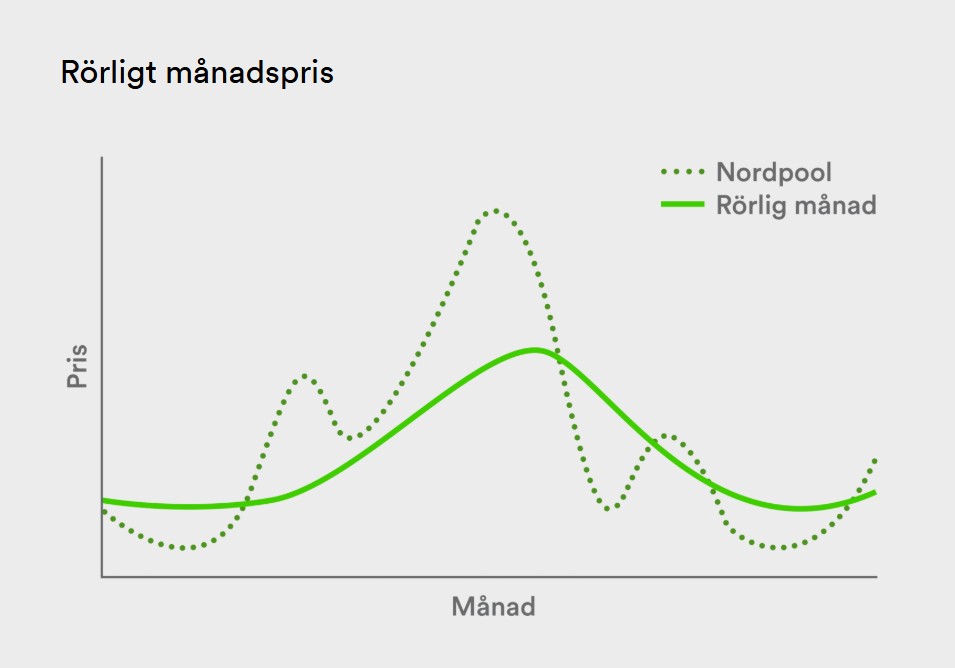
Easily manage who can access your charge points, create member groups and price discounts.
Our powerful dashboard gives you a complete overview of your charging facility – from energy consumption and power peaks to charging patterns and unique users. Visualize user data, identify areas for improvement and make smarter decisions based on real insights.

Connect sockets to a specific user profile to automatically start charging when the cable is plugged in.
Start and stop charging with RFID tag.
Direct connection to Nordpool for loading spot prices (of hourly and quarterly prices). Enables smart pricing models to maximize the profitability of your charging portfolio.
System support to support the loyal network owner or Svenska Kraftnät when needed.
Restart the charge points automatically in case of power failure (Hardware dependent)
Prioritize individual outlets for e.g. mission-critical operations such as pool cars, service cars to ensure that the cars are always prioritized for charging so that operations do not stop. When priority outlets are not active, available power is distributed to other outlets to constantly maximize the charging capacity of the entire system
A dynamic power schedule gives you full control over the maximum power of your plant – adapted to the daily load and grid cost. The graph above shows how the schedule (green line) controls available power depending on time, while actual power use (black line) is safely within these limits.
Advantages of the power scheme:
The result: lower costs, more stable operation and more sustainable use of the electricity grid – perfect for homes, businesses and depot charging.
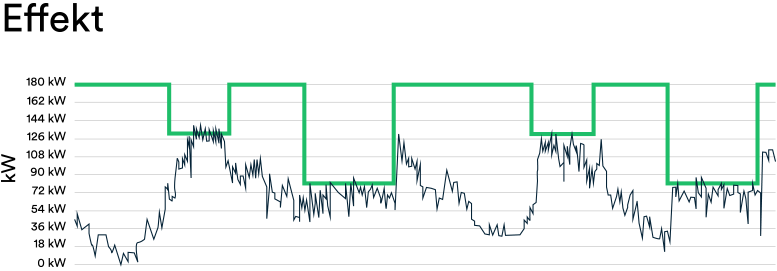
Charging all vehicles at full power at the same time is neither energy efficient nor economically sustainable. By instead prioritizing charging based on the vehicle’s departure time, we can use the available power in a smarter way – without leaving anyone with an empty battery.
Advantages of departure time controlled charging:
This type of dynamic control is particularly suitable for residential, commercial and depot charging – where vehicles are parked for a long time but do not need to be charged immediately.

Our backend load balances all OCPP compliant hardware to protect the property’s main fuse against overload and at the same time maximize the total power available for EV charging. We can load balance statically against a fixed power budget or dynamically, which means that the power budget for charging in real time relates to the property’s power consumption. We support both DLM (Dynamic load management) and ALM (Adaptive Load Management) standards.
With our intuitive alarm management module, you can keep track of the operational status of your charging infrastructure. It analyzes fault codes, automatically classifies alarms and suggests actions – so you can act quickly and efficiently.
Smarter service starts with the right insights – at the right time.

In addition, you monitor the charging points’ session data, see limits for e.g. uptime, automatically generate alarms and suggest action.
Our backend is integrated with an OCPI-compliant API that enables standardized and secure communication with other e-mobility systems and actors. This makes it easy to exchange data with external platforms – without exposing our entire infrastructure.
Advantages of our OCPI-API:
Our API is the obvious interface to create seamless charging across network boundaries – without compromising control or data security.
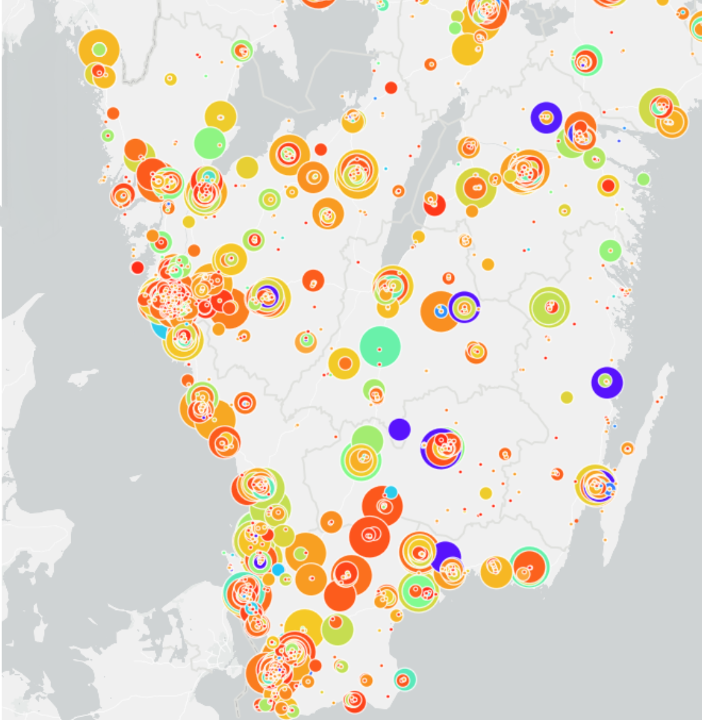
ChargeNode handles the payment with the charging customer and reimburses the facility owner via a self-invoice, completely without administration. All you need to do is post the invoice.
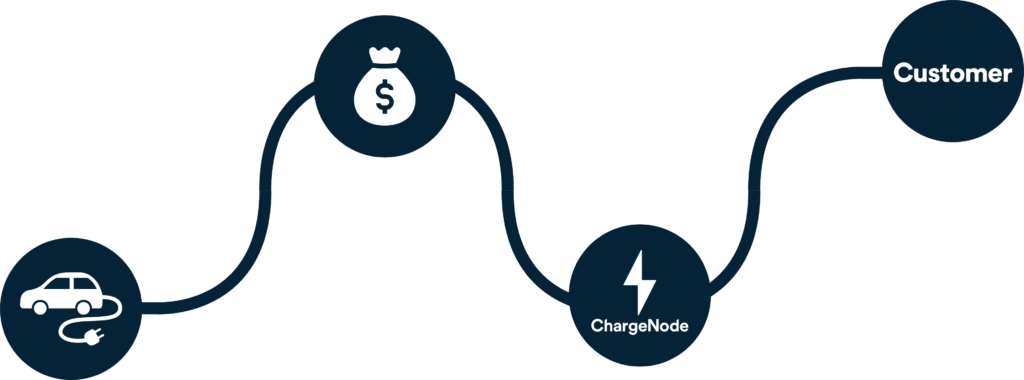
We have worked with almost all types of hardware and most brands of charging stations for many years. We have a deep understanding of how they work in operation and this is knowledge that we bring to every meeting and every decision. We have also developed our own hardware which, to put it mildly, is probably the best on the market.
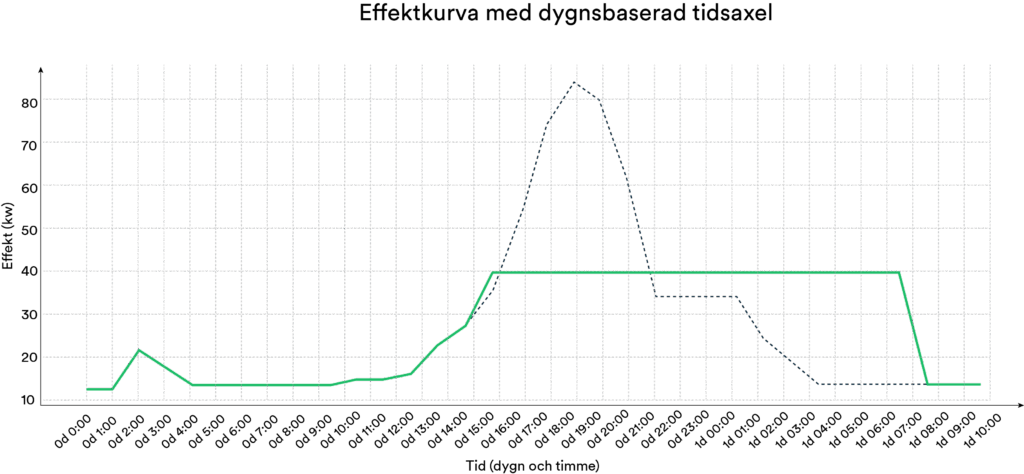
Er anläggning driftsätts i vår portal och ni får tillgång till er kundportal. Vårt Customer Success-team står redo att erbjuda utbildning i portalen om så önskas. Under hela avtalstiden garanterar vi laddkunder support 24/7, 365 dagar om året. Vi är alltid tillgängliga via telefon för att hjälpa.
Vi har jobbat med nästan alla typer av hårdvara och de flesta märken på laddboxar i många år. Vi har en djup förståelse för hur de funkar i drift och detta är kunskap som vi tar med oss i varje möte och varje beslut. Vi har dessutom utvecklat en egen hårdvara som, om man ska sticka ut hakan lite, troligtvis är den bästa på marknaden.
